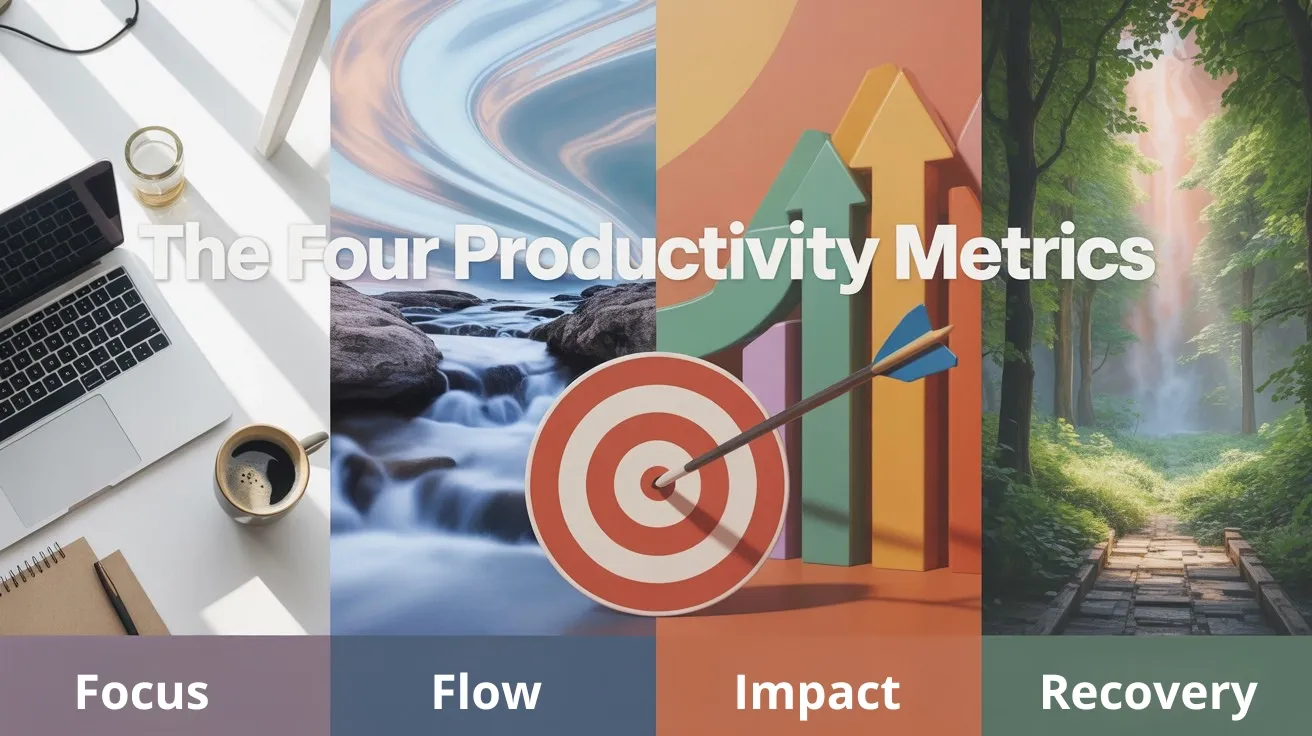The Four Productivity Models: Focus, Flow, Recovery, Impact—and How to Implement and Monitor Each

A few months ago, our team hit a strange wall!
Everyone was working hard, but we still could not see the kind of progress we expected.
I can still remember how frequently we stretched the deadlines. Yet, our team was getting tired of meeting them. Then, we took an initiative to implement the productivity models to increase our team's productivity.
Can you guess the outcome? Within months, we were able to reach our goals days before the deadlines. So let’s learn how we implemented the key productivity models and monitored them.
How to Implement and Monitor the Productivity Models
Stage-01: Focus
We started by building a culture of deep focus.
Earlier, our team members used to switch between apps, chats, and projects all day. To reduce this, we used our employee monitoring tool to find out how often people were being interrupted and what tools were stealing their attention.
We discovered that most interruptions came from instant messages and frequent check-ins. Once we saw that pattern, we introduced two-hour “focus blocks” each day. To make sure focus hours were used well, we used time tracking software to log the hours spent on real tasks.
Over time, people started finishing complex tasks faster and with fewer revisions
Track time & optimize workflow to finish tasks faster
Stage-02: Flow
Once people learned to focus, we moved to flow. This part was tricky. We could not force anyone into flow, but we could make the environment right for it.
We reorganized tasks in our project management system so that people could work on similar kinds of projects in longer stretches. There was no more switching between design and writing or jumping from meetings to code.

We also used the Apploye work hour tracker with screenshots to understand when each person hit their natural productivity peak. Some worked best in the morning, others after lunch. So, we aligned tasks to their peak hours. That helped the team to enter their flow state faster and last longer.
Create & maintain a smooth workflow consistently
Stage-03: Recovery
Recovery was the most ignored part of productivity for us.
Earlier, we used to feel breaks were a waste of our time. We used to think the more you sit in front of the screen, the better your output would be.
But when we reviewed the data from our employee productivity tracker, we noticed something shocking!
Our performance dropped sharply after long, uninterrupted sessions.
So, we encouraged micro-breaks. Five minutes to walk, stretch, or just step away. We even added a “break reminder” in our tracking tool so the system would nudge people after long active hours.
It took some time for everyone to get used to it, but once they did, energy levels came back stronger. Meetings were sharper, discussions more creative, and burnout almost disappeared. I also encouraged them to work from home on a rotation basis so that they can grow a sense of freedom.
Stage-04: Impact
At this point, we had better focus, smoother flow, and consistent recovery. But we wanted to know if all this was actually creating an impact.
So, we started tracking results and the outputs instead of counting only the achievements. We compared how each project contributed to company goals, how many deadlines were met without stress, and how client satisfaction improved.
Then, we used the data from the time tracking tool for continuous analysis. It provided us with details on what type of task is getting done. Which project slowed down the team, or what collaboration influenced outputs?
Within months, our delivery rate improved by 35%. The average project turnaround also dropped.
Track Productivity that Lasts
Consistent productivity doesn't come automatically. You need to put time and effort into verified methods to increase performance. And tools to track and measure the progress for monitoring.
The four productivity stages, which are- Focus, Flow, Recovery, and Impact, helped us understand how real work gets done. Each stage taught us something valuable about how our team performs, grows, and stays balanced.
The continuous monitoring of this model with employee monitoring tools helped us build a lasting work rhythm. We got more control in handling employee burnout and let them grow without getting stuck!